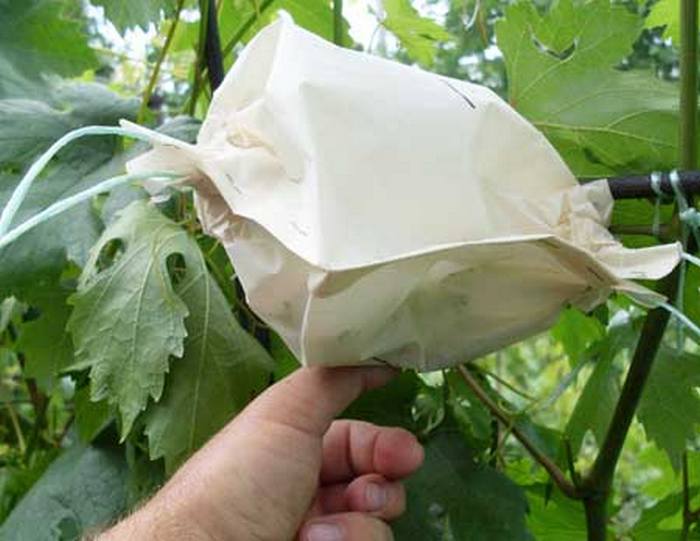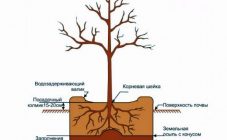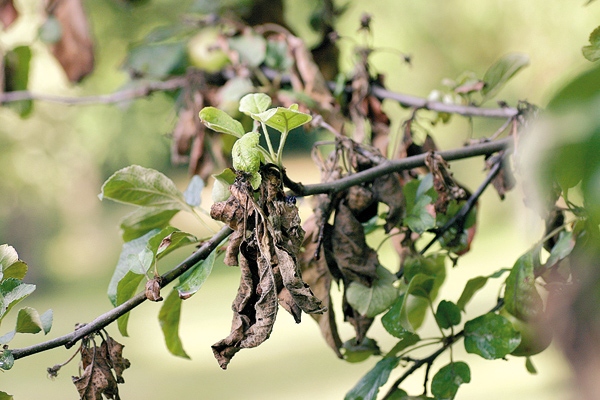Content:
The Rostov region is recognized as a favorable place for growing grapes, although winters are cold here and summers are too hot. It is noted that the most severe weather conditions are observed in the eastern regions of the region. Sometimes winters are accompanied by severe frosts, the temperature drops sharply - some grape bushes may not stand such a regime and die. These factors must be taken into account when choosing a site for a vineyard.
Site selection
The vineyards of the Azov region advise to locate vineyards in the south of the region on the slopes of the coast, where there is fertile alluvial soil and excellent black soil. In general, the conditions are very favorable for the growth of the most famous grape varieties on the Don, although more preference is given to the table variety for juice production.
The areas located at the foot of the humid slopes are usually used for the cultivation of varieties from which vintage wine is produced. Winegrowers also appreciate the steppe valleys, growing grapes here for the production of table and dessert wines.
Flowering grapes in the Rostov region: timing
The grapes usually bloom in the second half of May and early June, blooming for one to two weeks. Flowering begins gradually, first at the base, then completely covers the inflorescences within two days. In the spring, near the bushes, you can see many caps that have fallen off. The flowers on the plant do not open synchronously, some earlier and some much later.
European grape varieties differ in that pollination occurs only after the plant has completely shed its corolla. The fertilization process takes place within 24 hours, after which the ovary begins to grow.
Pollination of inflorescences
In the spring, for the full development of the grape bush, favorable conditions and proper all-round care are needed. The optimum temperature for the formation of a full-fledged ovary is from 16 to 29 degrees. In this case, bisexual flowers are pollinated as efficiently as possible.
Varieties for the Rostov region
The Rostov region has a very favorable climate, it is suitable for growing the best grape varieties. Light, humidity and warmth in this region are quite balanced. However, in order not to be mistaken when choosing a variety (covering or not), one should take into account a certain division of the region into two halves: the one that is above and below Kamensk. Varieties that do not require shelter should be planted in the southern part.
The Rostov region is very popular among winegrowers; a wide variety of varieties, both wine and table varieties, are cultivated here. Cultivars are also very popular. It is difficult enough to rank the best varieties as all varieties grown in this region are excellent. Wines made from Donskoy varieties successfully compete with French ones.
- Hybrid zoned grapes (Rostov-on-Don) The transformation is distinguished by shoots that are very resistant to unfavorable external factors. The flowers of the plant are bisexual, the height of the bush is average. The bunches are moderately dense. The berries are shaped like an oval, they are quite large, about 31 mm. The color is deep crimson. The pulp is juicy, very fleshy, the skin is not too thin. The bunch weight can reach 2.6 kg. This grape variety is resistant to mildew and iodium. For the winter, the bushes should be covered. Ripening time - mid-August.
- Variety Victor differs in rather large berries, up to 26 mm in diameter. Grapes ripen for a long time, sometimes August is not enough for a full set of sugar. Despite the fact that the variety is ranked among the early ones, the time of its final ripening is the first half of September.
- Grape variety Bagatyansky produces large berries weighing up to 50 g, bright green. The bunches are very massive, sometimes weighing more than 3 kg. It belongs to large-fruited varieties and ripens in the first decade of September.
- Marshalsky variety It has large oval berries and ripens at the end of August. Berry weight up to 25 g. Taste characteristics change over time. Over the years, the berry acquires a richer and richer taste.
- Nakhodka grape variety refers to soft-seeded hybrids with pink berries that reach 30 mm in diameter. The bunches are quite massive, sometimes reaching a kilogram.
- Delight is black Is one of the most popular grape varieties. The mass of bunches sometimes reaches 2.5 kg. Berries are large in size, resemble an oval or circle, the taste is normal. This variety is appreciated for its resistance to adverse factors and high yield rates. For pollination to occur as efficiently as possible, Light Delight must also be planted on the site.
- Codryanka - a long-known variety. The mass of the bunch is average, about 550 g. The berries are deep purple in color, weighing no more than 8 g. The variety has a very rich taste, the pulp is dense, there are few seeds. Taste qualities are highly appreciated by professional tasters.
- Variety Moldova - refers to canteens. It ripens late, therefore it does not take root in the northern regions of the region and does not give a good harvest. It ripens well in the south, berries with a slight bloom, purple in color, the bunch weighs about a kilogram. The variety has a high phylloxera resistance, which favorably distinguishes it from others. Moldova grapes tolerate transportation well and are resistant to fungal diseases.
The most famous early ripening grape varieties include: Delight, Zorevoy, Pearl. Also popular is the universal grape variety Druzhba with yellowish fruits and delicate taste. Vegetation takes place on average for 115 days.
Care rules
Caring for grapes planted in the Rostov region requires a responsible approach and a number of thoughtful agrotechnical measures. To saturate the soil with oxygen, it must be well loosened immediately after removing the cover around the bushes. In spring, grape bushes especially need nitrogen. These fertilizers can only be used until the beginning of the summer months.
Organic fertilizers should be applied during deep digging by about 55 cm. Top dressing must be combined with watering. Then you need to mulch the soil. This will help the soil retain moisture and prevent weeds from growing near the bushes. You can use hay and sawdust, this is a great mulch option.
Knowing when grapes bloom in Rostov and nearby regions, you need to start taking care of the culture vine in time. Do not forget about the obligatory garter of successfully overwintered bushes. You need to tie up both annual shoots and perennial parts of the plant. They must be carefully lifted off the ground and attached to the support.
It is important to pay attention to tying the arrows; this must be done horizontally. Vines should not be tied tightly.This will lead to an increase in vegetative mass; excess thickening will damage the ovaries. As soon as the sap flow begins and the kidneys begin to swell, it's time to do the garter.
Before the ovary begins to form, it is advisable to add potassium dressing.
Autumn is a pruning period, it is necessary for grapes, so you should not neglect this event. You can start it in a couple of weeks after the leaves are completely shed. Previously, pruning is impossible, there is an exchange of nutrients between annual, perennial shoots and roots. In the period until October 15, the process of deposition of carbohydrates takes place in the bush, in the roots this process is delayed until November.
When the bush is cut off, you can start covering the vine for the winter. If the grapes are less than two years old, they should not be pruned in the fall, but should wait until spring.
Every year, winegrowers work on developing new varieties, not forgetting about the long-known and well-proven varieties. The active use of innovations in agricultural technologies and non-standard approaches to cultivation are noted. The profitability of agricultural enterprises increases annually and the achievements of winegrowers are evaluated at the international level.















